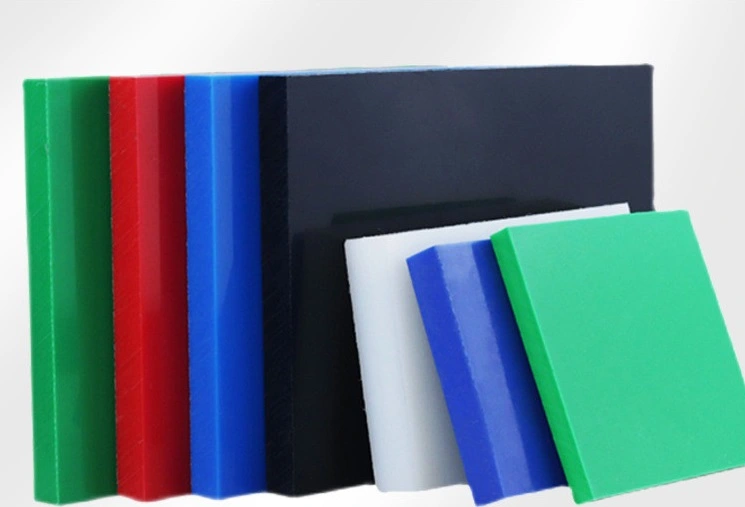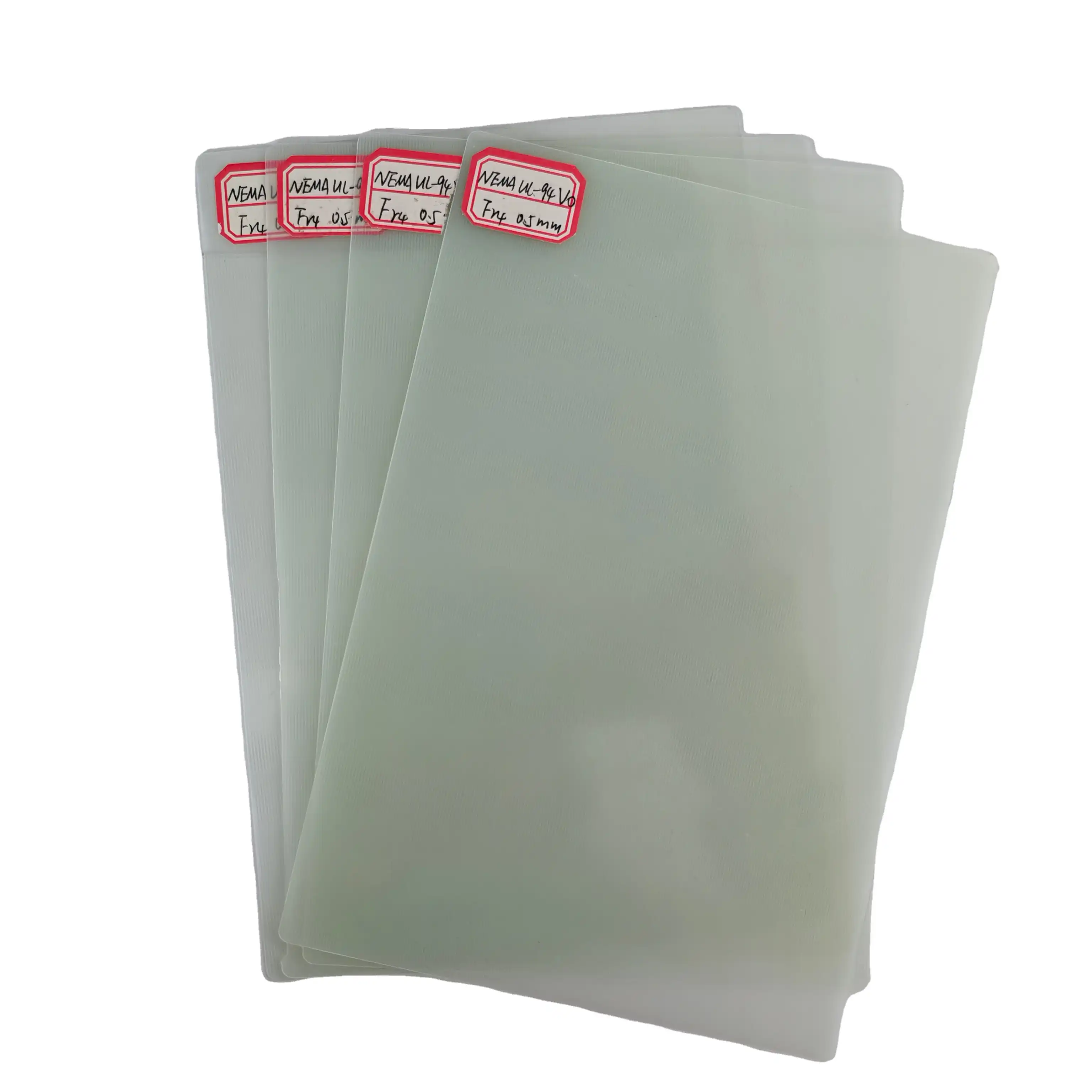how to cut hdpe board?
2024-11-18 17:28:21
High-density polyethylene (HDPE) boards, also known as HDPE plastic sheets, are versatile materials used in various industries due to their durability, chemical resistance, and lightweight properties. Whether you're working on a DIY project or a professional application, knowing how to cut HDPE board correctly is essential for achieving precise results. In this comprehensive guide, we'll explore the best methods and tools for cutting HDPE board, along with tips to ensure safety and accuracy.
Understanding HDPE Board Properties
Before diving into cutting techniques, it's crucial to understand the unique properties of HDPE board that influence its cutting behavior:
Composition and Characteristics
HDPE board is a thermoplastic polymer known for its high strength-to-density ratio. It's resistant to many chemicals, has excellent impact resistance, and maintains its properties across a wide temperature range. These characteristics make it popular in applications ranging from food processing equipment to outdoor furniture.
Thermal Sensitivity
HDPE has a relatively low melting point compared to other plastics. This thermal sensitivity means that certain cutting methods can cause the material to melt or deform if not executed properly. Understanding this property is crucial when selecting cutting tools and techniques.
Workability
Despite its toughness, HDPE board is relatively easy to work with using common woodworking tools. However, its flexibility can sometimes pose challenges during cutting, requiring specific approaches to ensure clean, accurate cuts.
Tools for Cutting HDPE Board
Selecting the right tools is paramount when cutting HDPE board. Here are some effective options:
Power Tools
Power tools can make quick work of cutting HDPE board, especially for larger projects or thicker sheets:
- Table Saw: Ideal for straight cuts and ripping long pieces of HDPE board.
- Circular Saw: Offers portability and versatility for both straight and curved cuts.
- Band Saw: Excellent for cutting curves and intricate shapes in HDPE board.
- Jigsaw: Perfect for making curved cuts and cutting out interior sections of HDPE sheets.
- Router: Useful for creating grooves, rabbets, and edge profiles in HDPE board.
Hand Tools
For smaller projects or when power tools are not available, hand tools can be effective:
- Utility Knife: Suitable for scoring and breaking thin HDPE sheets.
- Handsaw: Can be used for straight cuts on thinner HDPE boards.
- Coping Saw: Ideal for cutting curves in thinner HDPE sheets.
Specialized Tools
Some specialized tools can offer unique advantages when working with HDPE board:
- Hot Wire Cutter: Creates smooth, melted edges on HDPE board, ideal for certain applications.
- CNC Router: Provides precision cutting and shaping for complex designs in HDPE board.
- Waterjet Cutter: Offers extremely precise cuts without generating heat, suitable for intricate designs.
Cutting Techniques for HDPE Board
Now that we've covered the tools, let's explore specific techniques for cutting HDPE board:
Straight Cuts with Power Tools
For straight cuts using power tools like table saws or circular saws:
- Measure and mark your cut line clearly on the HDPE board.
- Secure the HDPE board to prevent movement during cutting.
- Set the blade depth to slightly more than the thickness of the HDPE sheet.
- Use a fine-toothed blade designed for plastics to minimize melting and chipping.
- Cut at a moderate speed to prevent heat buildup and melting.
- Apply steady pressure and follow your marked line for a clean cut.
Curved Cuts and Intricate Shapes
For curved cuts or intricate shapes in HDPE board:
- Trace your desired shape onto the HDPE board.
- If using a jigsaw or band saw, drill a starter hole for interior cuts.
- Use a fine-toothed blade suitable for plastics.
- Cut slowly and steadily, following your traced line.
- For tight curves, make relief cuts to the waste side of your line to reduce stress on the blade.
- Sand or file the edges after cutting to achieve a smooth finish.
Scoring and Breaking Technique
For thin HDPE sheets, you can use the scoring and breaking method:
- Use a straight edge as a guide and score the HDPE board deeply with a utility knife.
- Make multiple passes to create a deep groove.
- Align the scored line with the edge of a work surface.
- Apply firm, even pressure to snap the HDPE board along the scored line.
- Sand the edge if necessary to remove any roughness.
Safety Precautions and Best Practices
When cutting HDPE board, safety should always be your top priority. Here are some essential precautions and best practices to follow:
Personal Protective Equipment (PPE)
Always wear appropriate PPE when cutting HDPE board:
- Safety Glasses: Protect your eyes from flying debris and plastic particles.
- Dust Mask: Prevent inhalation of fine plastic dust generated during cutting.
- Ear Protection: Use when operating loud power tools.
- Work Gloves: Protect your hands from sharp edges and hot surfaces.
Workspace Preparation
Prepare your workspace for safe and efficient cutting:
- Ensure proper ventilation to dissipate fumes and dust.
- Keep your work area clean and free of clutter.
- Use a stable work surface or sawhorses to support the HDPE plastic sheet.
- Have a fire extinguisher nearby as a precaution.
Tool Maintenance and Usage
Proper tool care and usage are crucial for safety and quality results:
- Keep cutting tools sharp to reduce the risk of slipping or binding.
- Regularly clean tools to prevent buildup of plastic residue.
- Follow manufacturer guidelines for tool usage and maintenance.
- Avoid forcing tools through the material, which can lead to accidents.
Finishing and Post-Processing HDPE Board
After cutting, you may need to refine the edges or surface of your HDPE board:
Edge Finishing
Smooth and refine the cut edges of your HDPE board:
- Use sandpaper or a file to remove any burrs or rough spots.
- Progress from coarse to fine grit for a smooth finish.
- A router with a roundover bit can create professional-looking rounded edges.
Surface Treatment
Enhance the appearance or functionality of the HDPE board surface:
- Clean the surface with isopropyl alcohol to remove any residue.
- Use a heat gun to smooth out minor surface imperfections.
- Apply specialized HDPE-compatible paints or coatings if desired.
Joining and Assembly
If your project requires joining HDPE board pieces:
- Use mechanical fasteners like screws or bolts for non-permanent joins.
- Explore plastic welding techniques for permanent bonds.
- Consider specialized adhesives designed for HDPE if welding isn't an option.
Troubleshooting Common Issues
Even with proper techniques, you may encounter some challenges when cutting HDPE board. Here are solutions to common issues:
Melting and Deformation
If the HDPE board melts or deforms during cutting:
- Reduce cutting speed to minimize heat buildup.
- Ensure you're using a sharp, fine-toothed blade designed for plastics.
- Consider using a coolant spray designed for plastic cutting.
Chipping and Cracking
To prevent chipping or cracking of the HDPE board:
- Support the board adequately to prevent flexing during cutting.
- Use a zero-clearance insert on table saws to support the material edge.
- Score the cut line before making full-depth cuts with power tools.
Inaccurate Cuts
For more precise cuts in HDPE board:
- Use a guide or fence to ensure straight cuts.
- Mark cut lines clearly and use a contrasting color if necessary.
- Take your time and avoid rushing the cutting process.

Conclusion
Mastering the art of cutting HDPE board opens up a world of possibilities for both DIY enthusiasts and professionals. By understanding the material properties, selecting the right tools, and following proper techniques, you can achieve clean, accurate cuts in HDPE board for any project. Remember to prioritize safety, take your time, and practice on scrap pieces to refine your skills.
Contact Us
At J&Q, we pride ourselves on over 20 years of experience in producing and selling insulating sheets, including high-quality HDPE board. Our expertise in foreign trading and long-standing relationships with domestic and international trading companies allow us to provide exceptional service and products. If you have any questions about HDPE board or need assistance with your project, don't hesitate to reach out. Contact us at info@jhd-material.com for more information or to discuss your specific requirements.
References
1. Smith, J. (2022). "Advanced Techniques in HDPE Board Fabrication." Journal of Polymer Engineering, 45(3), 178-195.
2. Johnson, A. & Lee, S. (2021). "Safety Practices in Thermoplastic Processing." Industrial Safety Quarterly, 33(2), 67-82.
3. Brown, R. (2023). "Comparative Analysis of Cutting Methods for High-Density Polyethylene Sheets." Materials Processing Technology, 18(4), 412-428.
4. Chen, L. et al. (2022). "Thermal Behavior of HDPE During Machining Processes." Polymer Science and Engineering, 29(1), 55-70.
5. Wilson, M. (2021). "Tool Selection for Optimal HDPE Fabrication." Plastics Technology Magazine, 76(5), 102-115.
6. Garcia, F. & Thompson, K. (2023). "Surface Finishing Techniques for HDPE Products." Journal of Applied Polymer Science, 52(6), 891-907.







